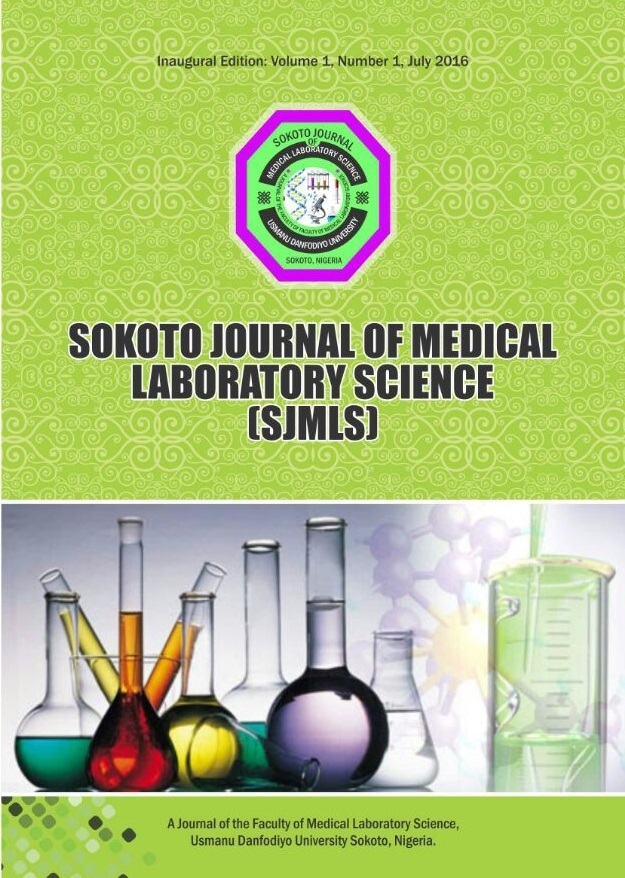Haematological Basis of 8th Day Male Child Circumcision in The Holy Bible
Keywords:
Haematology, Male Circumcision. Holy BibleAbstract
“And he that is eight days old shall be circumcised among you, every man child in your generation, he that is born in the house, or bought with money of any stranger, which is not of your seed” Genesis 17:12 (King James Version)
Male circumcision is the surgical removal of the foreskin covering the penis It is one of the oldest operations known. Circumcision is the rule rather than the exception within all Nigerian ethnic groups and religions. This review is a critical evaluation the relationship between some haemostatic parameters, associated with circumcision of male infants. The main risk associated with this procedure include haematologic (bleeding). Several benefits of male circumcision include; medical reasons as a treatment for tight skin (phimosis), paraphimosis (inability of the foreskin to return to its original position after being pulled back, causing the head of the penis to become swollen and painful) and recurrent infection of the foreskin or Balanitis), reduction of the risk of HIV transmitting cervical HPV, improved sexual pleasure, increased penile-vaginal contact, stimulation, and marginally better staying power during penetrative sex. It is of significant medical importance that male circumcision be carried out on the eighth day after birth since the level of vitamin K is highest on this day and vitamin K plays a pivotal role in regulation and control of the important clotting factors in the coagulation pathway that helps in stopping bleeding.




